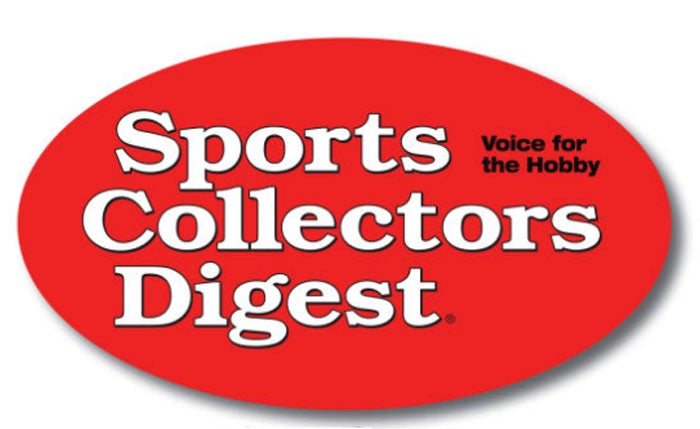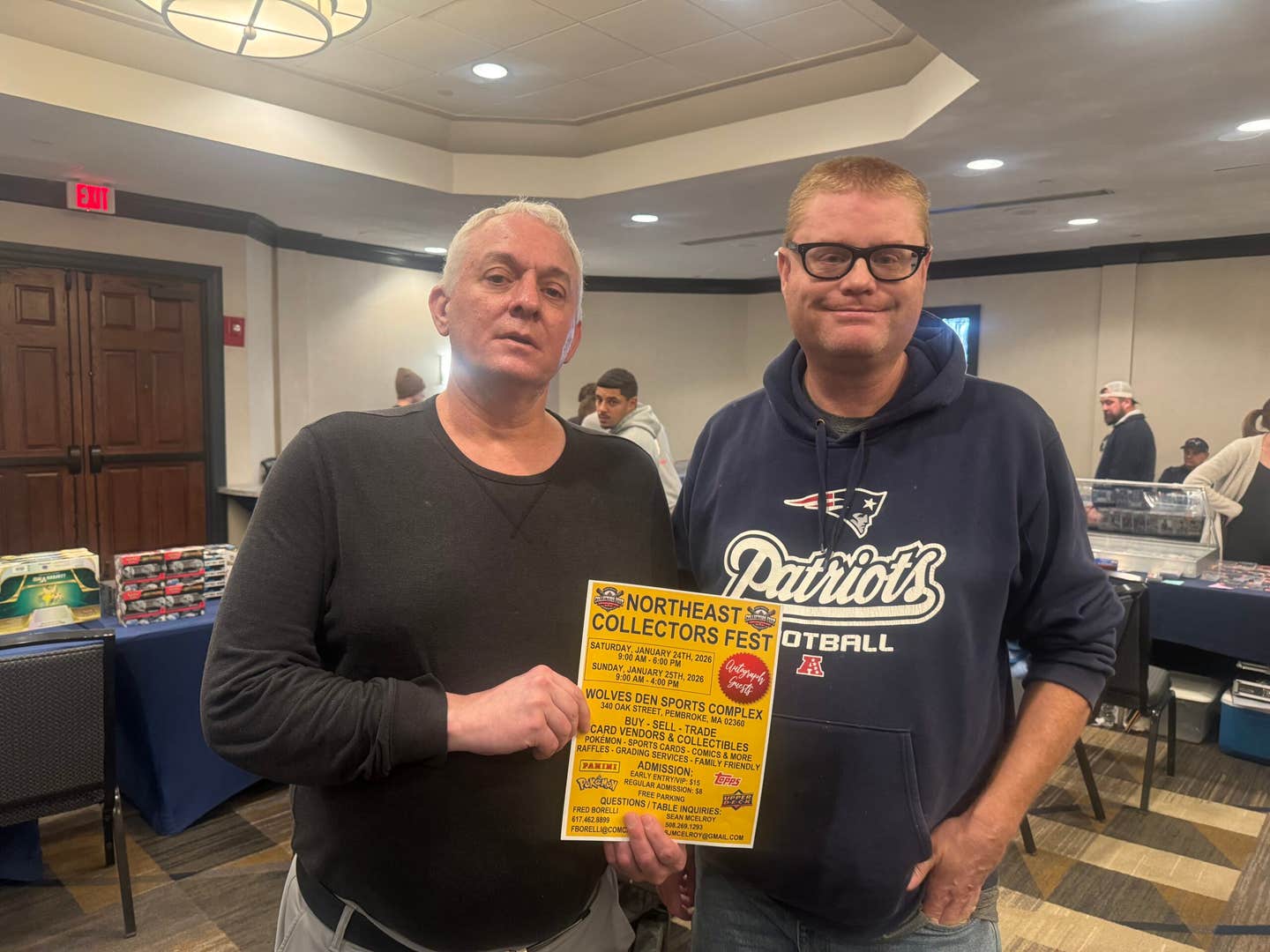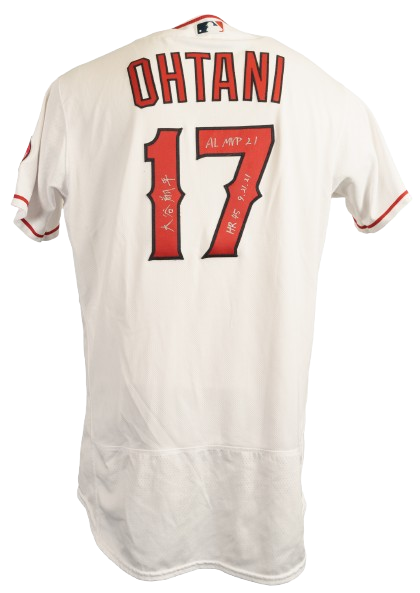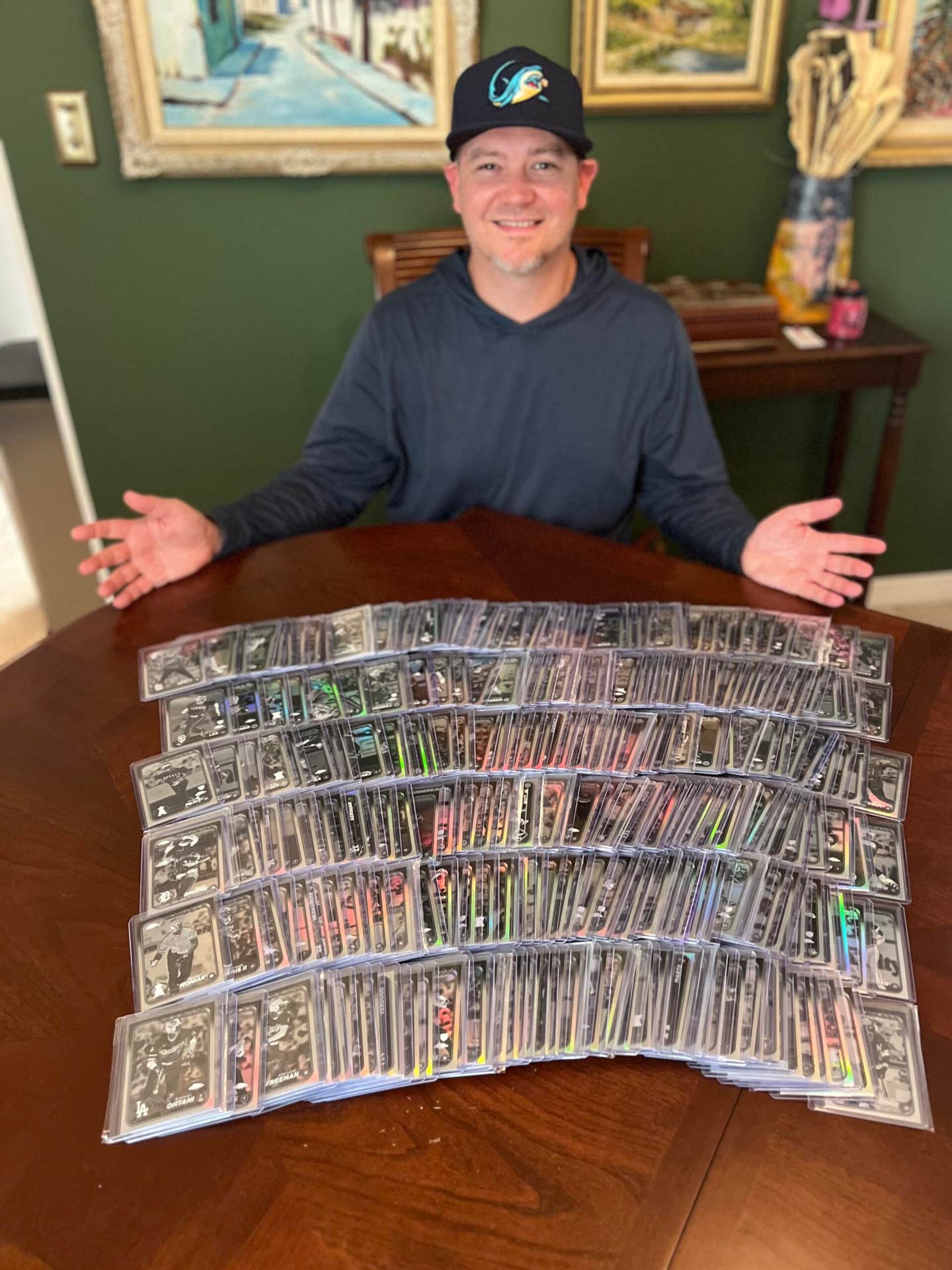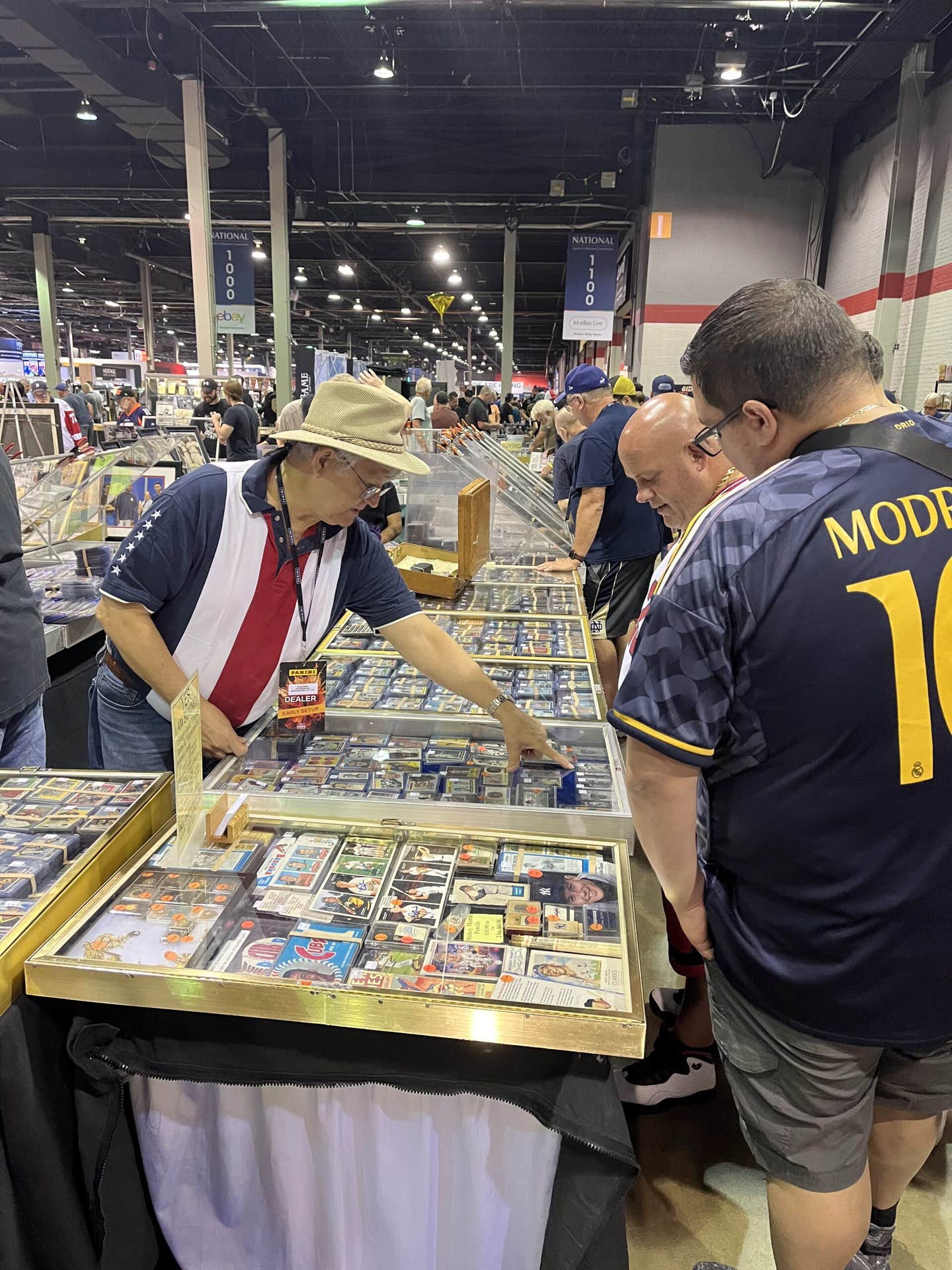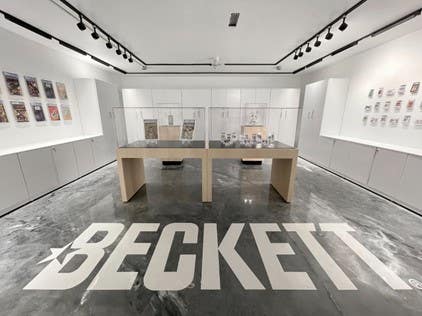News
Bob McDonough Collects From His Playing Days
Bob McDonough has some of the most precious gridiron memories a player could ask for, and he has the memorabilia to back it up.
The 88-year-old former Philadelphia Eagle has a collection of color programs from the 1946 season, his one and only year in the NFL, along with a trunk full of Mint-condition magazines and clippings from his collegiate career when he starred for Duke University’s 1941 Rose Bowl team.
Originally from West Orange, N.J., McDonough now lives in upstate New York where he enjoyed a lengthy career in the FBI tackling federal offenders instead of running backs.
“I couldn’t get married and have a family playing pro football,” he explained.
And in McDonough’s day, football was a brutally rough game, especially for a lineman like himself who played offense and defense. Players used leather helmets with no faceguards. There were no high-tech padding or helmets, and games weren’t played indoors on synthetic surfaces.
“I was what they called a running guard,” McDonough said. “I was big compared to a lot of the guys, and I was pretty quick, I guess.”
Flipping through old programs, he points to stars that he played with and against, and the memories start to flow. On offense, he opened plenty of holes for Eagles Hall of Fame halfback Steve “Moving Van” Van Buren.
“He was the best back I ever saw, and he and I got along very well,” McDonough said. “He was a helluva runner. The only time he was happy was when he was in the ballgame, getting knocked around a lot, which he did. He was a very good ballplayer and tough as nails.”
In 1945, Van Buren became just the second player ever to achieve football’s Triple Crown, leading the league in three separate categories: rushing, scoring and kickoff returns. Sammy Baugh (Redskins, 1945) and Bill Dudley (Steelers, 1946) were the only others to achieve the feat. Baugh led in passing, punting and interceptions, while Dudley was tops in rushing, punt returns and interceptions.
McDonough’s memorabilia collection includes several programs from the 1946 season:
- Sept. 29 – Eagles at Rams, the Rams’ first season in L.A. after moving west from Cleveland. The Rams roster included quarterback Bob Waterfield and halfback Tommy Harmon, who’d won a Heisman Trophy at Michigan. Fans paid 25 cents for a program.
- Oct. 6 – Boston Yanks vs. Eagles at Shibe Park in Philadelphia, where the Phillies played baseball.
- Nov. 24 – Redskins vs. Eagles, also at Shibe Park.
From his Duke days, McDonough has a color cover program from his sophomore season when the Blue Devils hosted Syracuse on Oct. 21, 1939. One of his most impressive pieces is a 1941 Illustrated Football Annual (25 cents) that listed all the top players and teams in the game.
Blue Devil pride
In high school, McDonough made New Jersey’s All-State team two years in a row (1936 and ’37) with West Orange High School and The Hun School, a private prep school in Princeton that went undefeated his senior year. He still has well-preserved old newspapers with full-page spreads featuring the All-State teams – Newark Sunday Call (Nov. 29, 1936) and Newark Evening News (Dec. 4, 1937).
McDonough passed up a chance to play at Princeton, choosing Duke instead. This proved to be a life-changing decision. The 1938 Blue Devils didn’t yield a single point the entire season en route to a Southern Conference title and a berth in the Rose Bowl, where they lost a 7-3 heartbreaker to Southern Cal. McDonough didn’t play in that contest because he was just a freshman, but it prepared him for good things to come.
In 1941, Duke racked up another 9-0 record and reached the Rose Bowl again, this time against Oregon State. It took place on Jan. 1, 1942, less than a month after Pearl Harbor Day. Fearing another attack, the government imposed a blackout on large West Coast gatherings so the game was moved away from Pasadena for the only time in its history. Instead, the game was played at Duke Stadium in Durham, N.C. The Blue Devils lost, 20-16, despite the home-field advantage.
McDonough lettered in each of his three years as a starter (1939-41), another important part of his gridiron collection.
“I was pleasantly surprised by the football program,” he said. “I was a varsity football player, but I didn’t get any gifts as far as the classroom was concerned. Actually, I was an above-average student. I’m not bragging. My mother was a helluva student, and she made sure that I studied when I was a kid. I liked Duke very much. It was a very friendly community. Everybody in Durham, N.C., knew who the football players were, and they treated you well.”
Upon graduation, however, McDonough joined the Navy, went to officers training school and became a PT boat commander, rubbing elbows with future president, John F. Kennedy, with whom he remained close friends during JFK’s years in the White House. Discharged from the service in early 1946, he decided to give football another try.
“I knew some of the players on the Eagles, and they knew me and something of my background as far as football was concerned,” McDonough said. “They made a pitch for me. They always need linemen, and I was 220 pounds. That was big back then.
“I really enjoyed the whole thing. My father was a helluva football player at Seton Hall, and my brother, Harry, played at Muhlenburg in Pennsylvania.”
Players didn’t earn much, but it was an exciting time traveling from coast to coast playing in Yankee Stadium and the Los Angeles Coliseum.
“I was a rookie, down at the bottom of the list as far as money is concerned,” McDonough said. “Money wasn’t a problem, at least I didn’t think so at the time. I’m a thrifty guy, and I saved a great deal of the money I made. It enabled me to buy a car and a lot of things I wouldn’t have been able to if I hadn’t had that income from the Eagles.
“They tried to get me to stay, but by the time I got out of the service, that was four years. You can’t stay away from an active sport like football for four years, then hope to come back and be effective. It was a good experience and there were some nice guys. It was a lot of fun.”
The Eagles went 6-5, finishing second in the NFL East in 1946. Unfortunately, he just missed out on the best years in team history, because the Eagles went on to win three straight division titles from 1947-49, including NFL championships the latter two years.
Nonetheless, McDonough witnessed one of the most notable seasons in football history, because 1946 was the year that halfback Kenny Washington and end Woody Strode signed with the Rams to become the first black players in the modern era, one year before Jackie Robinson broke baseball’s color barrier. That year also marked the startup of the rival All-America Football Conference, with the Paul Brown-coached Cleveland Browns winning the league title.
In the NFL, the Chicago Bears, led by George Halas, beat the New York Giants, 24-14, to win the 1946 championship. The NFL was still a relatively minor attraction, taking a back seat to the more popular college game. The NFL wouldn’t grab wholesale national attention until 12 years later when “The Greatest Game Ever Played,” the 1958 title game between the Colts and Giants, ushered pro football into the television age.
These days, McDonough spends more time following baseball than football.
“I love the Yankees!” he declared. “Growing up in New Jersey, we used to go to Yankee Stadium all the time, a group of us kids, five or six of us. We’d take a trolley car to Newark and from Newark we’d take the train and go right to Hoboken, where you got on a ferry to New York City. Then you’d take the subway up to Yankee Stadium.”
Once there, he made the most of his opportunity by striking up an acquaintance with the great Joe DiMaggio.
“I made it a point to talk to him,” McDonough said. “He was very accommodating. Most players are fed up with somebody harassing them all the time. I was just one of his friends, and went right into the locker room. I had been there before and knew some of the people inside. They let me right in.”
Doors seemed to open for McDonough wherever he went – school, work or sports – an incredible life filled with fascinating experiences.
“I don’t think it’s any more interesting than the average guy,” he said, smiling. “I’m just a little bigger than most.”

